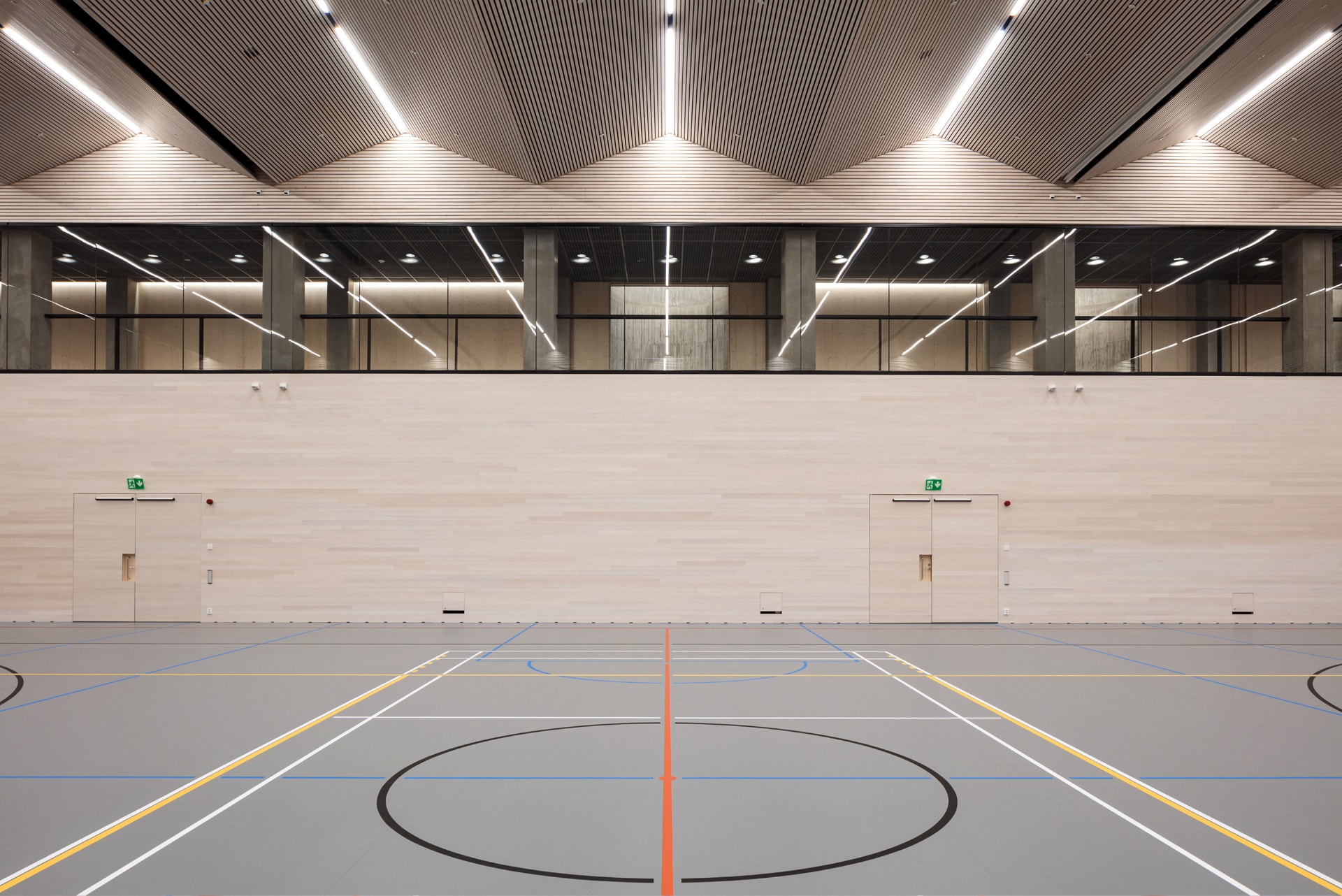The winner of Finlandia Prize 2020
Helsinki Olympic Stadium Refurbishment
An iconic monument to Finnish independence.
The winner of Finlandia Prize 2020
An iconic monument to Finnish independence.
Arkkitehtitoimisto K2S Oy / Kimmo Lintula, Niko Sirola, Mikko Summanen, Juha Sundqvist, Arkkitehdit NRT Oy / Kari Raimoranta, Teemu Tuomi, Tom Lindholm, Juuso Hatakka, Emmi Jääskeläinen, Jouni Karttunen, Tom Lindholm, Wessel de Jonge architecten bna bv, White arkitekter AB
Stadion-Säätiö
Skanska Talonrakennus Oy, Lemminkäinen Infra Oy
Helsinki
36 000 m²
2020
K2S Architects & Arkkitehdit NRT
Prinicipal designers: Kari Raimoranta ja Kimmo Lintula
K2S Architects
Kimmo Lintula, Niko Sirola, Mikko Summanen
Project architect: Juha Sundqvist
Team members: Elina Koivisto, Tetsujiro Kyuma, Keiti Lige, Matias Manninen, Tommi Mauno, Mari Ollila, Ayako Osawa, Benjamin Schulman, Antti Soini, Anna Suominen, Tommi Terästö, Petri Ullakko, Nina Vauhkonen, Iiro Virta, Juho Vuolteenaho, Matti Wäre
Arkkitehdit NRT
Kari Raimoranta, Teemu Tuomi, Tom Lindholm, Juuso Hatakka, Emmi Jääskeläinen, Jouni Karttunen
Project architect: Tom Lindholm
Team members: Tuula Olli, Taro Nieminen, Kristiina Suoniemi, Susanna Anttila, Heikki Ruoho, Valtteri Osara, Sini Valvisto, Pekka Huima, Arto Harjunpää, Tuula Hikipää, Eeva-Liisa Elo-Lehtinen, Heikki Saarinen
Wessel de Jonge architecten bna bv
White arkitekter AB
Helsinki’s Olympic Stadium and tower count among the Finnish capital’s best-known landmarks and are the most important of the city’s Olympic buildings. The stadium building has been used for a variety of purposes over the years and experienced many rounds of renovation prior to this latest project. Alongside the project’s technical, financial and functional aspects, the team responsible for the refurbishment also undertook a careful theoretical analysis of the wider conservation context, the benefits of which are clearly reflected in the outcome. The architects’ achievement has been to accommodate even the most challenging requirements set out in the design brief in a sympathetic manner.

Tuomas Uusheimo
Helsinki’s historic Olympic Stadium is instantly recognisable to millions. An iconic monument to Finnish independence, the stadium and tower are among Helsinki’s best-known landmarks.
A 1933 design competition to create what was to become a national shrine to sport was won by architects Yrjö Lindegren and Toivo Jäntti. The now-listed building they created has been used for a variety of purposes over the years and experienced many rounds of renovation. Exceptional in their scope, the most recent works comprised the refurbishment and upgrading of the historic stadium structure, a multi-purpose extension and the addition of a roof over the curved stands.
Alongside the project’s technical, financial and functional aspects, the team responsible for the refurbishment also undertook a careful theoretical analysis of the wider conservation context, the benefits of which are clearly reflected in the outcome. Despite the scale of the alterations required to upgrade health and safety and security measures as well as visitor services to the desired standard, the Olympic Stadium has retained its distinctive clean lines and an architectural identity that has continued to evolved over the decades. The building remains an aesthetically and functionally cohesive structure – an architectural palimpsest that has now undergone a respectfully and painstakingly executed restoration.
The most remarkable aspect of the restoration is the stadium’s new, streamlined roof structure. The architects have succeeded in addressing the most challenging requirements set out in the design brief in a sensitive and sympathetic manner. The team have demonstrated their ability to see the big picture while simultaneously attending to the smallest of details, right down to the screws used to secure the window glazing beads. While the extension exceeds the original structure in scale, it also succeeds in complementing the stadium as a whole without undermining its majestic presence as part of the capital’s urban fabric.
The finalists for the Finlandia Prize for Architecture 2020 were K-Kampus office building in Helsinki, Toritalo residential building in Kotka, Olympic Stadium refurbishment in Helsinki and Aalto University’s new campus building in Otaniemi.